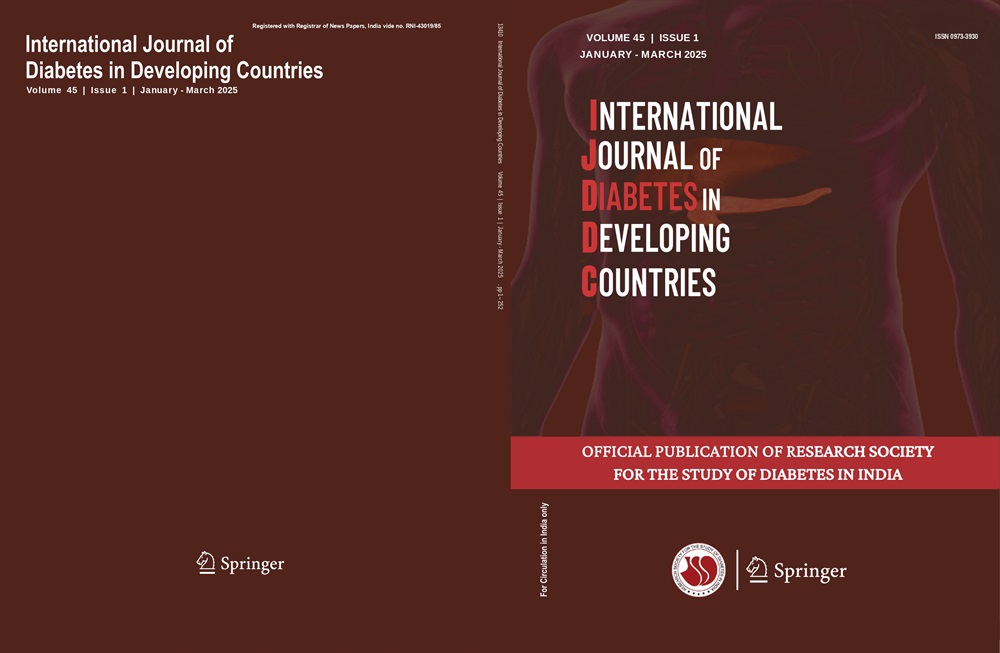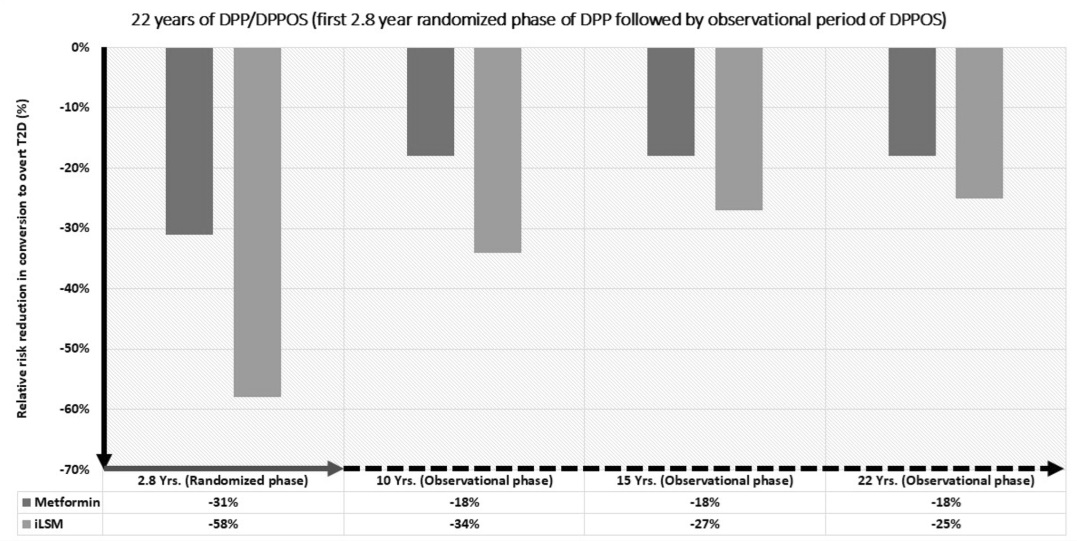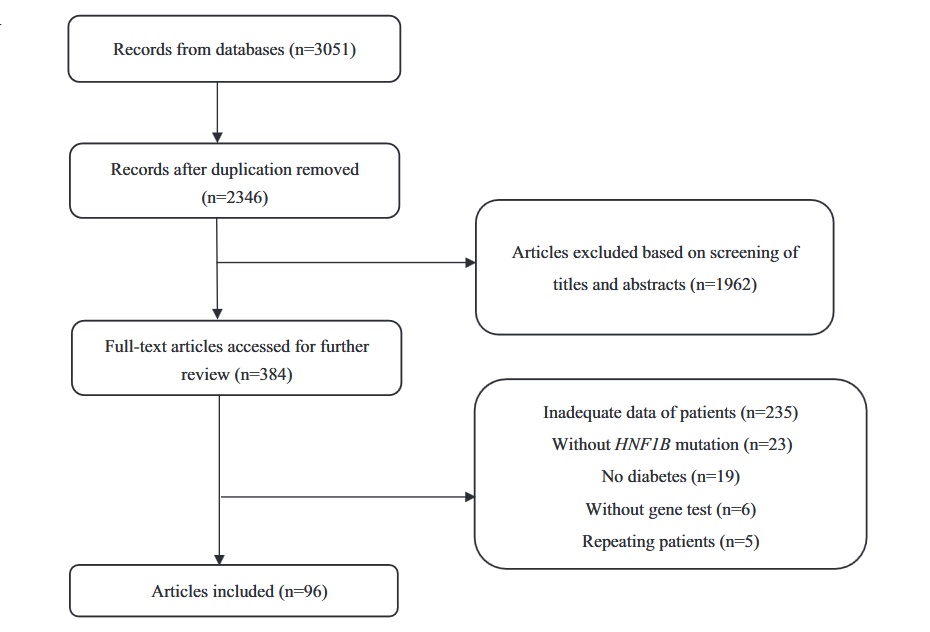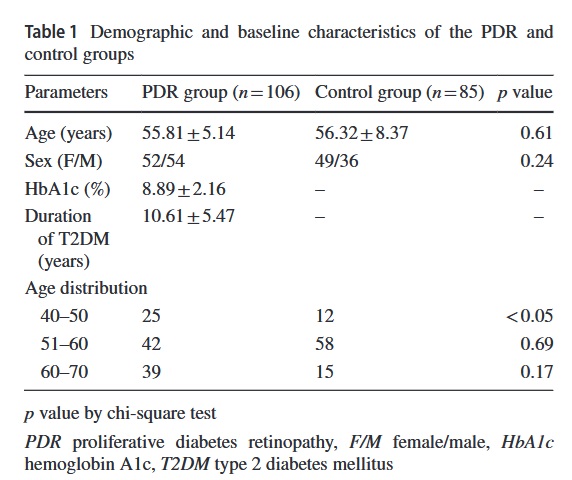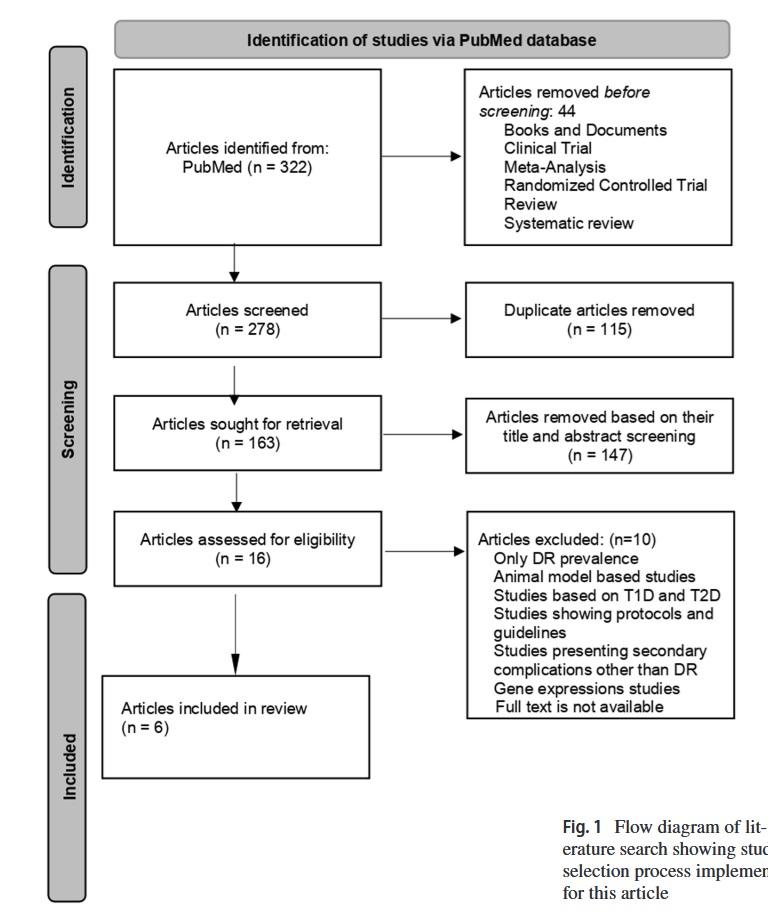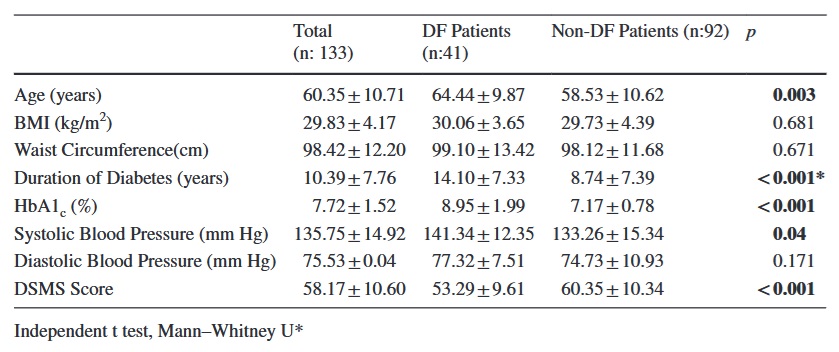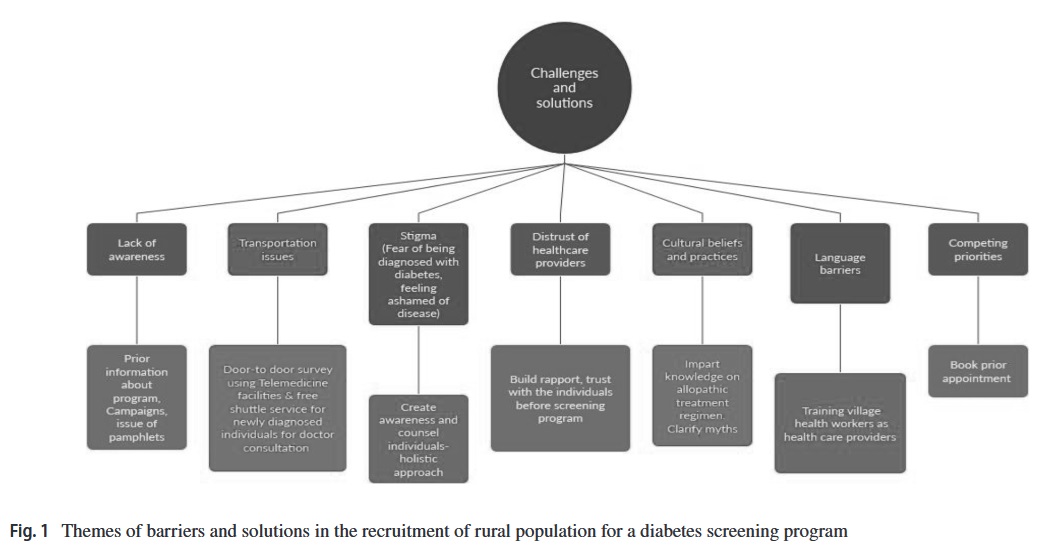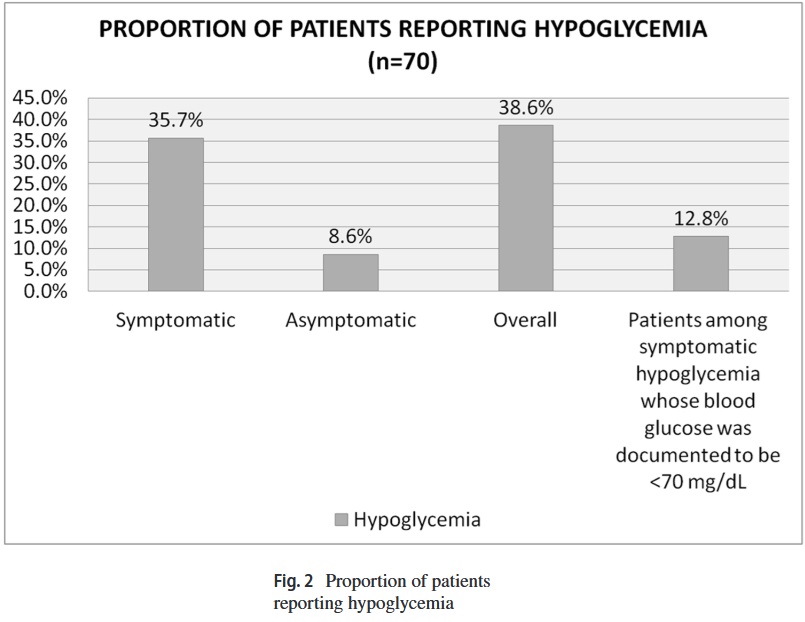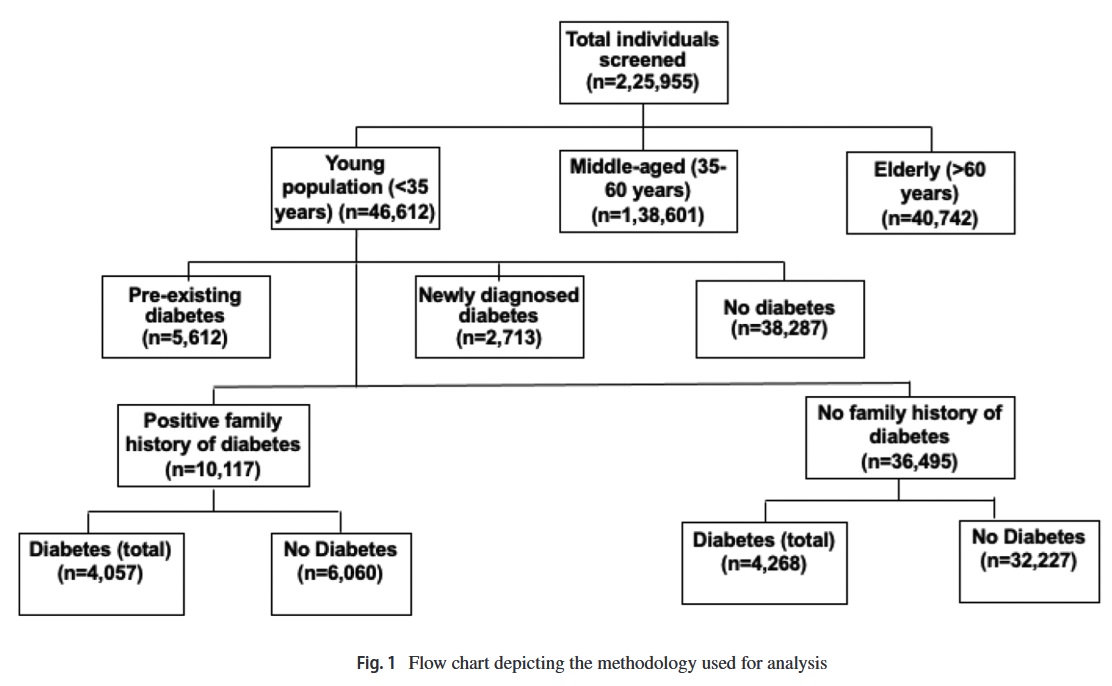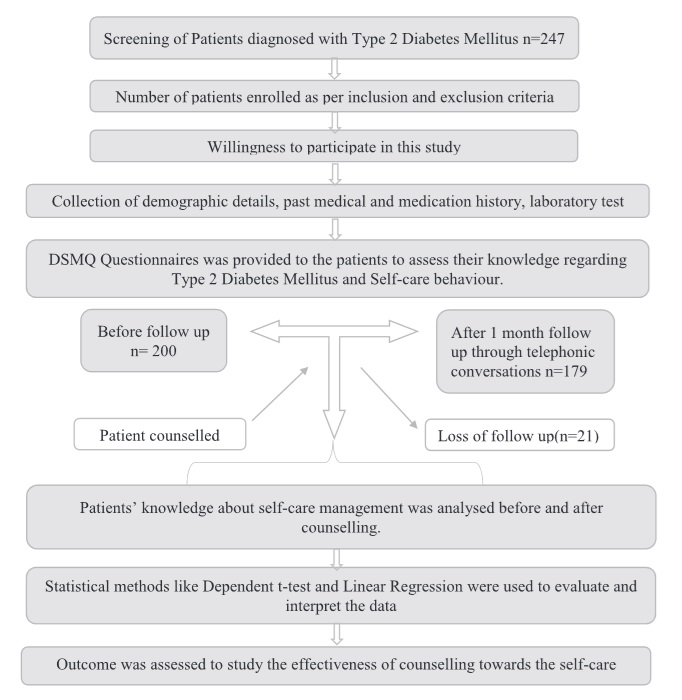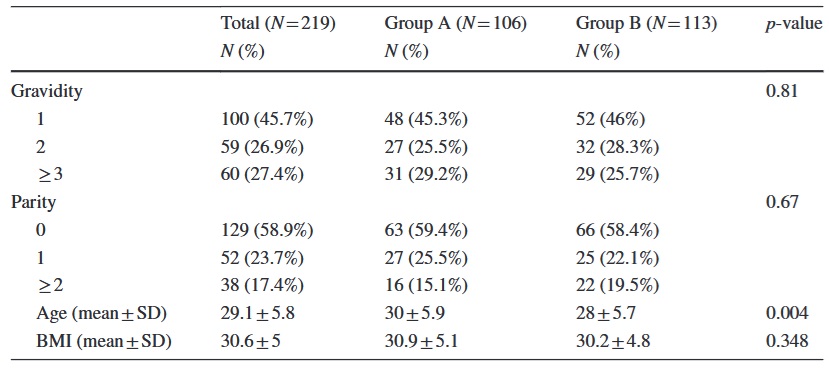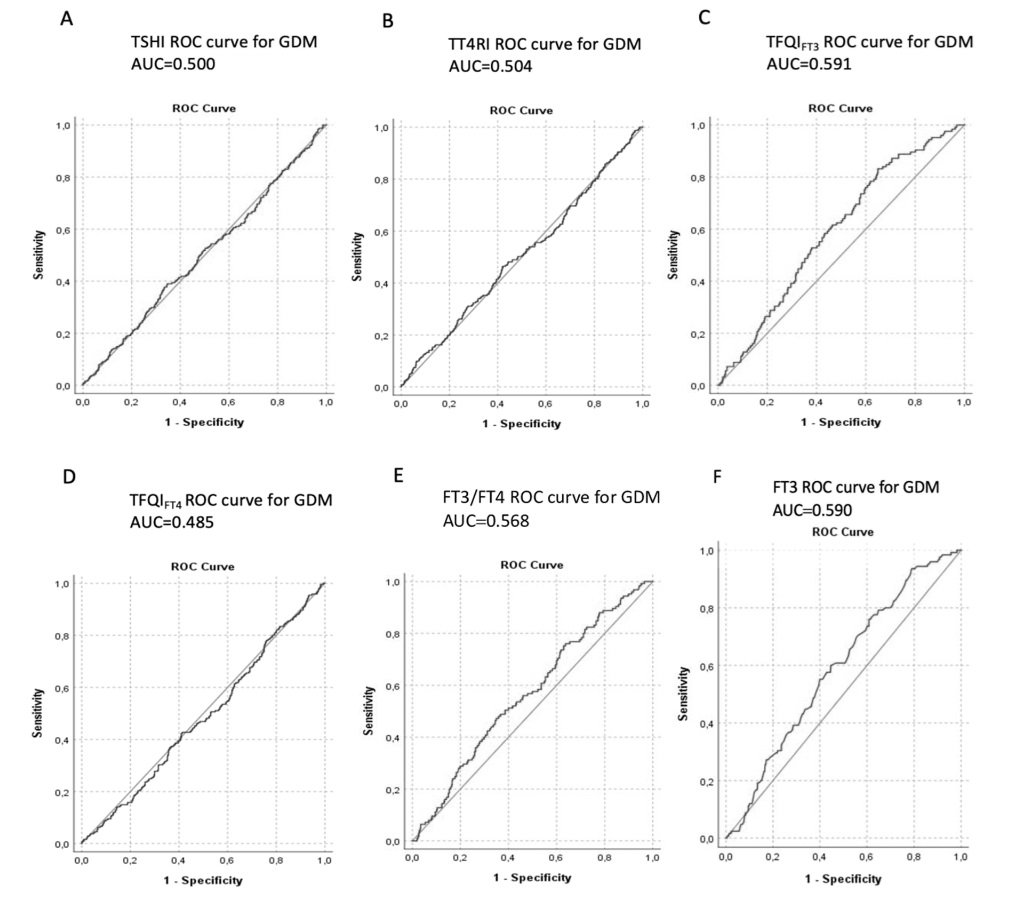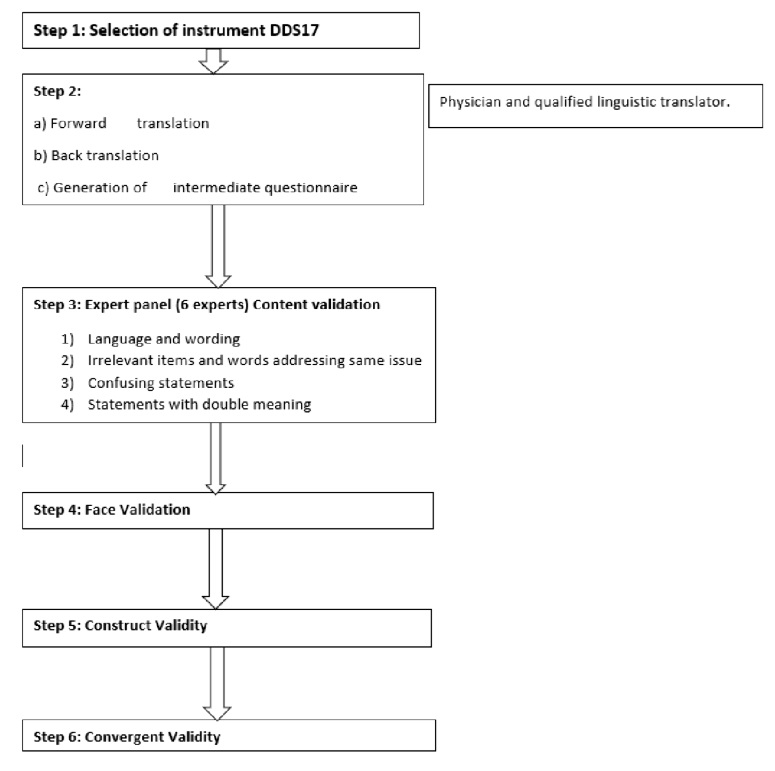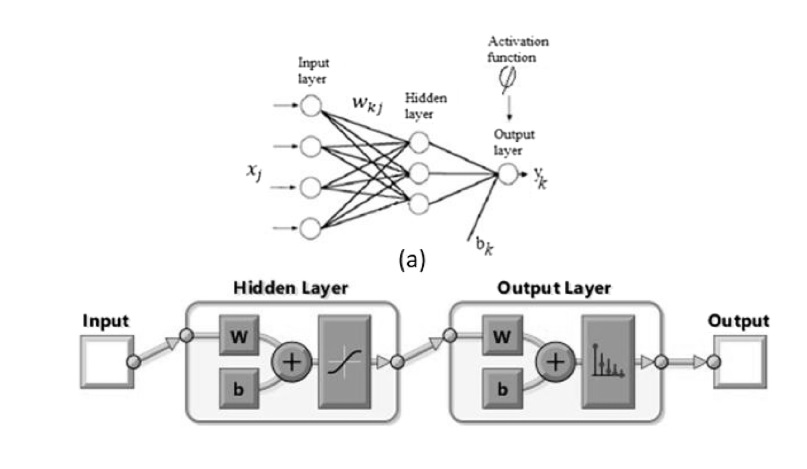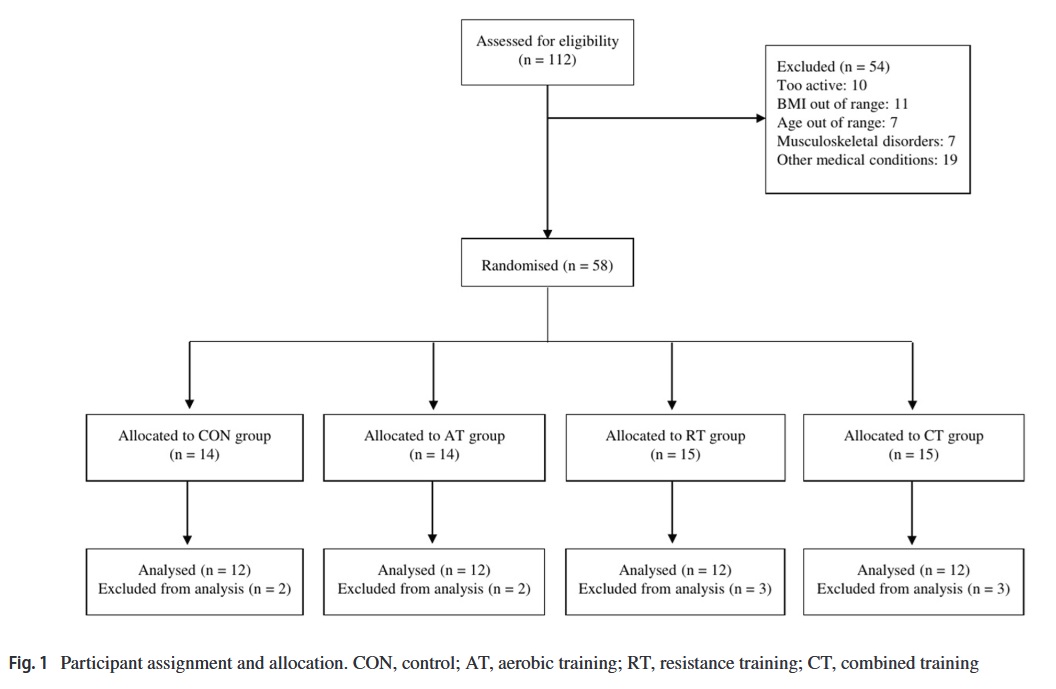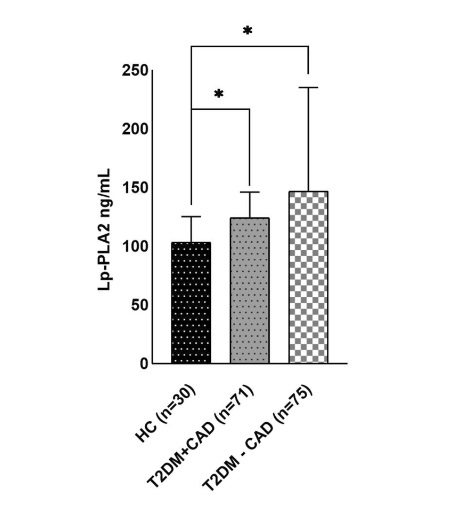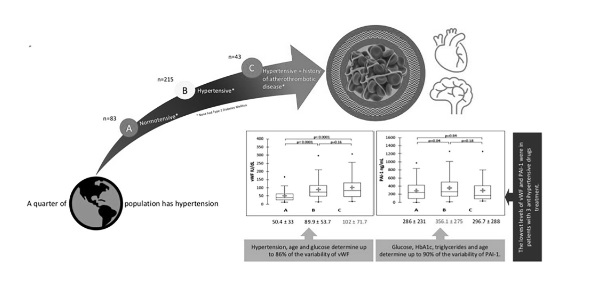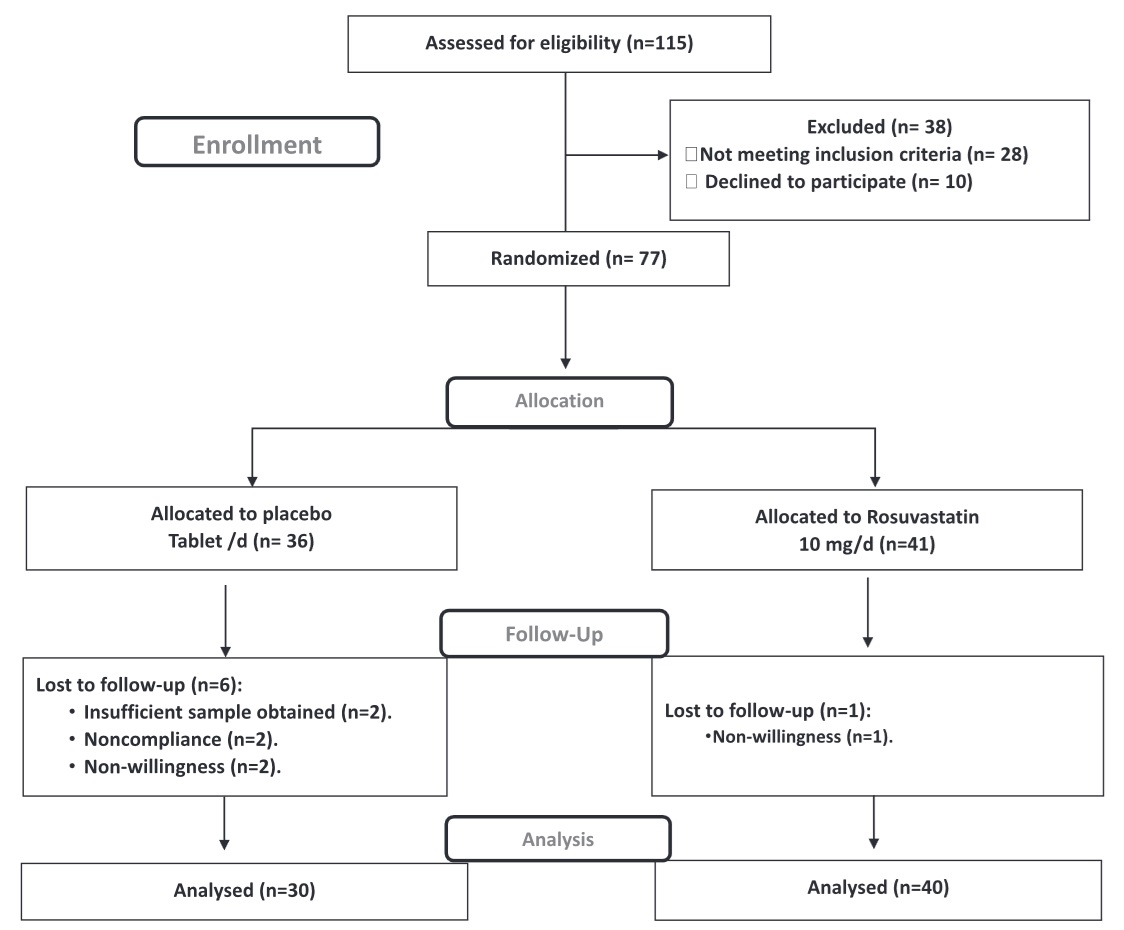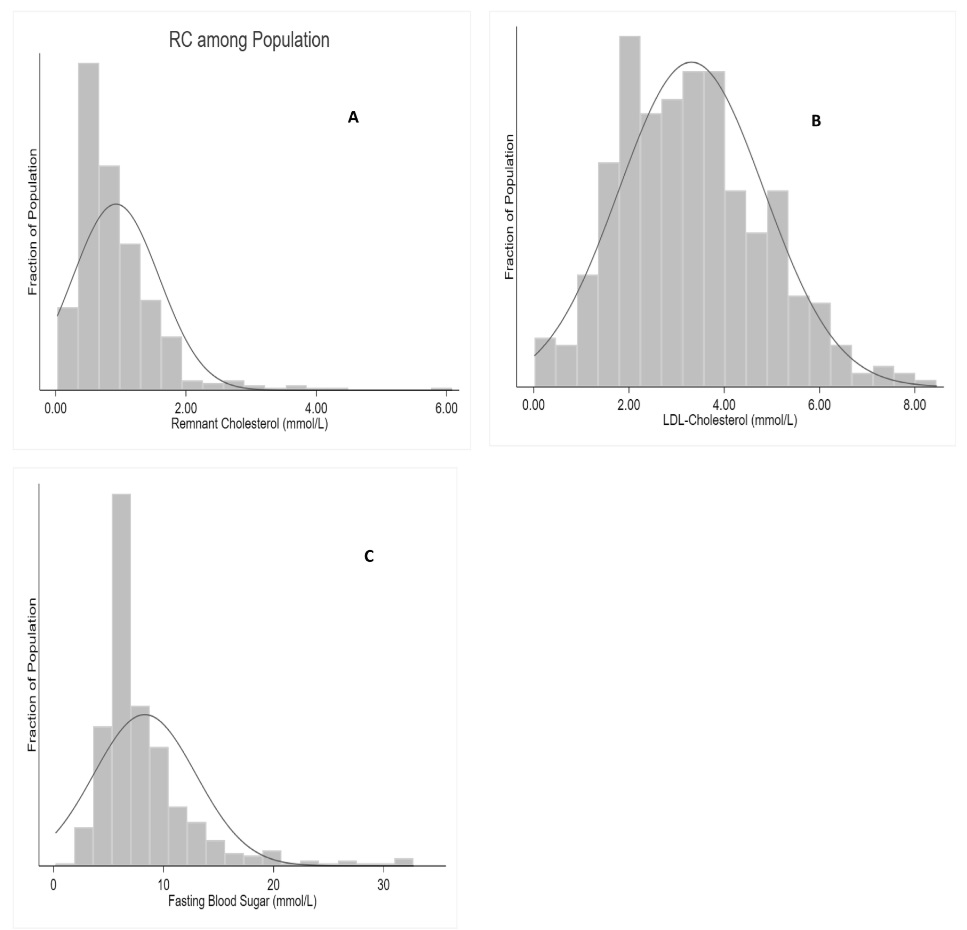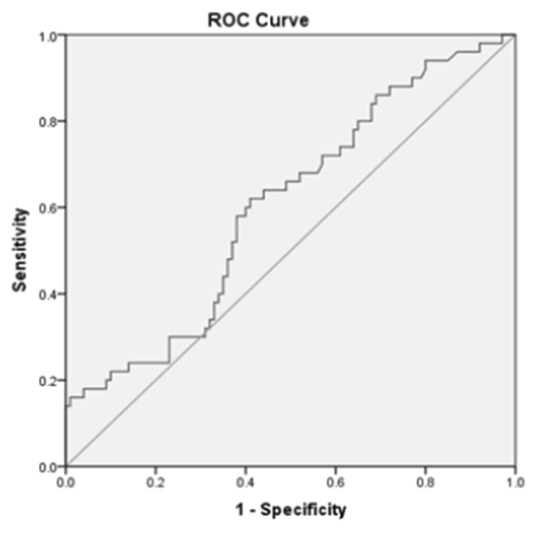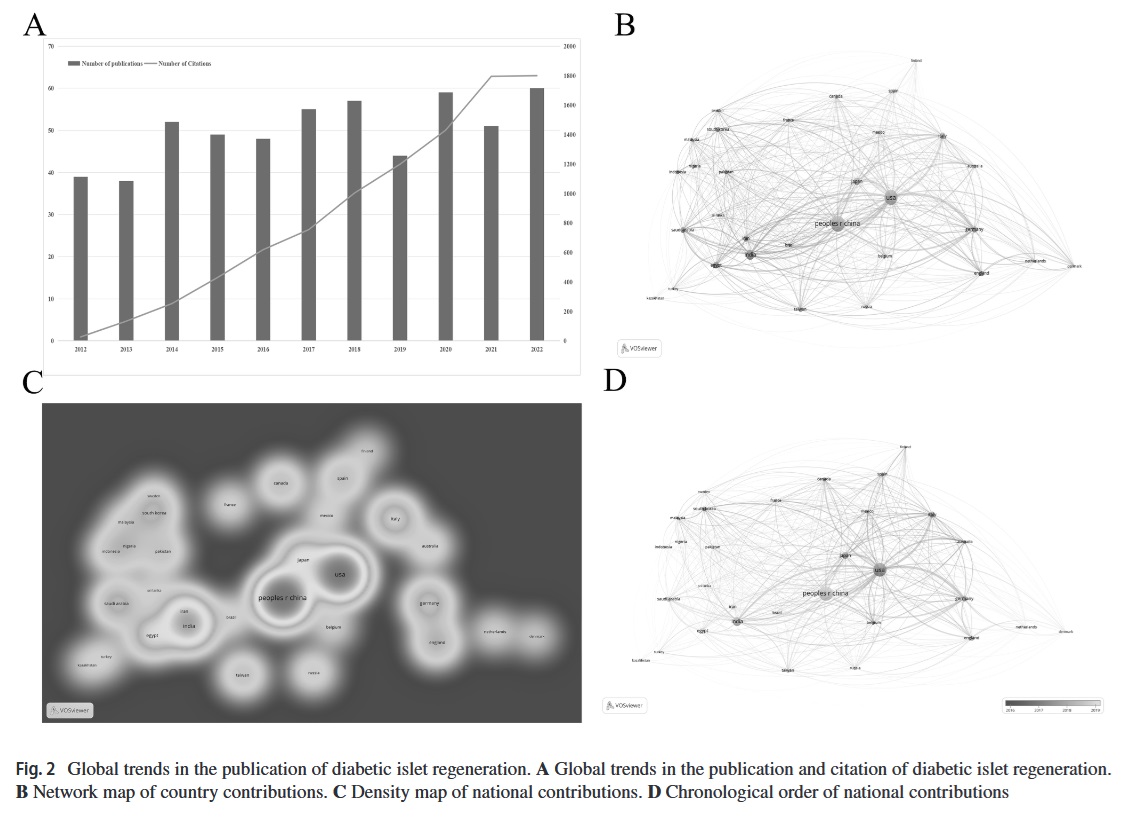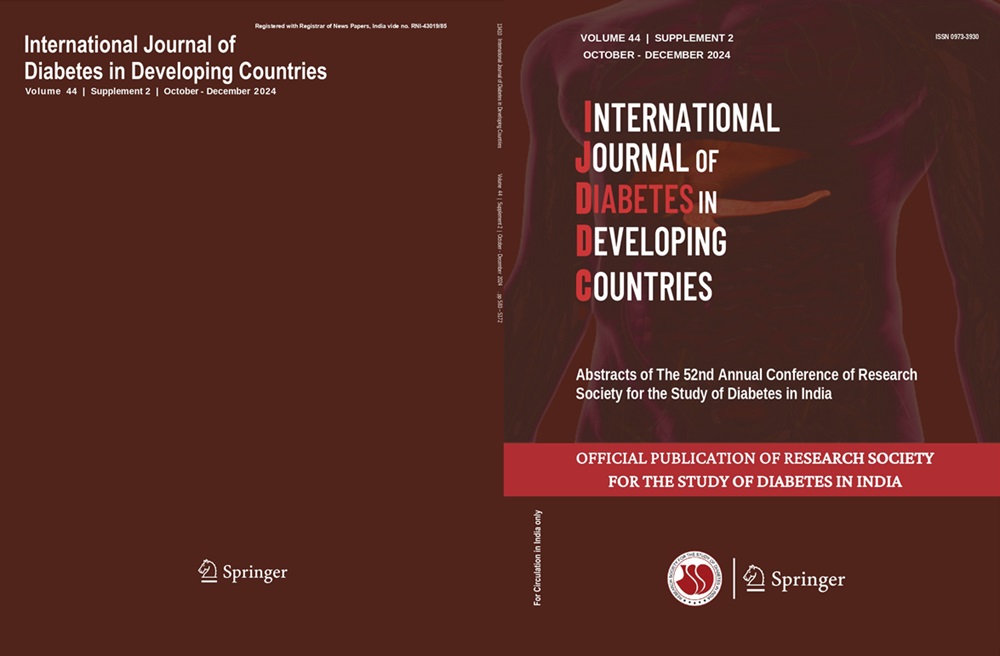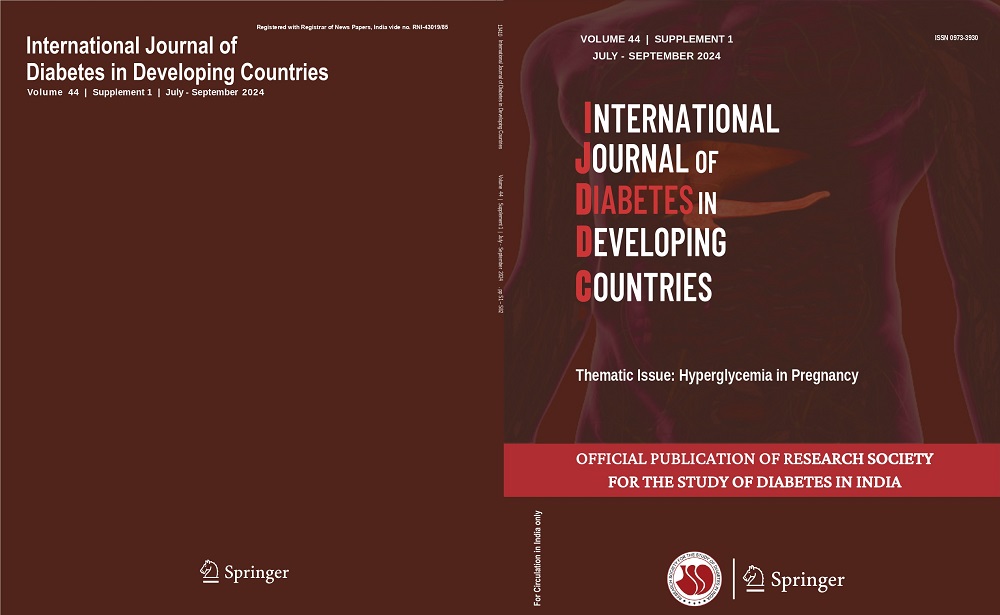January - March, 2025 • Vol. 45 • # 1
Diabetes care in India and Southeast Asia: the way forward
It is an immense privilege to contribute this editorial to the International Journal of Diabetes in Developing Countries, the official journal of RSSDI. Recent WHO data highlights an alarming surge in diabetes prevalence, particularly in India and across Southeast Asia.
Understanding cardiovascular risks in type 2 diabetes mellitus
Type 2 diabetes mellitus (T2DM) is increasingly recognized not only as a metabolic disorder but also as a significant risk factor for cardiovascular disease (CVD).
RSSDI update on vaccination in people with diabetes
People with diabetes are at increased risk for infections, and vaccine-preventable diseases such as pneumococcal and influenza infections pose serious complications, including increased mortality rates.
Metformin in prediabetes: Opportunity or over-treatment?
Even though the United States Food Drug Administration (US-FDA) did not approve any pharmacological agents for the prevention of type 2 diabetes (T2D) in people with pre-diabetes (PwPd), metformin has a therapeutic indication in people at risk for the prevention or delay of a new diagnosis of T2D, in nearly 66 countries [1].
The HNF1B mutations and deletion associated with diabetes and their resulting diabetic phenotypes: a systematic review
Mutations or deletion in HNF1B gene has been found to be related to a special type of monogenetic diabetes (HNF1B-DM). However, the phenotypic features of HNF1B-DM and the related gene abnormalities remain unclear.
The relationship between glycated hemoglobin (HbA1c), hematocrit, mean platelet volume, total white blood cell counts, Visceral Adiposity Index, and Systematic Coronary Risk Evaluation 2 (SCORE2) in patients without diabetes
Cardiovascular diseases (CVD) are the most common, deadly, noncommunicable disease group globally. This study aims to investigate the relationship between Systematic Coronary Risk Evaluation 2 (SCORE2) scores, which indicate the risk of future CVD in patients without known CVD and diabetes mellitus (DM) diagnoses, and HbA1c values.
Cardiovascular autonomic neuropathy and charcot neuroarthropathy in type 2 diabetes: adding a new severity classification score
This study aimed to assess the presence and characteristics of cardiovascular autonomic neuropathy (CAN) in people with type 2 diabetes with and without Charcot neuroarthropathy (CN).
Cluster analysis based on fasting and postprandial plasma glucose and insulin concentrations
Plasma glucose and insulin concentrations are clinical markers used to diagnose metabolic diseases, particularly prediabetes and diabetes. In this paper, we conducted a cluster analysis using plasma glucose and insulin data collected during both fasting and 2-h postprandial periods.
Corneal endothelial morphology changes in patients with proliferative diabetic retinopathy
Diabetes patients often suffer from diabetes keratopathy in the course of their illness. The examination of corneal endothelium in proliferative diabetic retinopathy (PDR) patients has important clinical significance. Here, we investigated the effect of PDR on corneal endothelial parameters.
Unveiling the link between lifestyle risk factors and diabetic retinopathy
Diabetic retinopathy (DR) is recognized as a significant complication of diabetes and continues to be a prominent contributor to global blindness. Epidemiological investigations have pinpointed various lifestyle risk factors accountable for the onset and progression of DR. However, pinpointing the most influential factors is challenging due to variability in ethnic background, study design, and sample size in previous research.
Effect of patient and wound characteristics on diabetic foot ulcer healing in phase 3 study of novel topical esmolol hydrochloride
Novel topical esmolol is shown to significantly improve wound healing than standard of care. Certain patient-related factors especially anemia and poor glycemic control may impede wound healing.
Examining risk factors for diabetic foot: assessing diabetes self- management in type 2 diabetes patients
Poor sugar regulation heightens the risk of complications linked to type 2 diabetes mellitus, while the adoption of effective diabetes self-management strategies has been shown to mitigate these risks.
Challenges and lessons learnt in the recruitment of rural residents for a diabetes screening program - the TREND project
Conducting diabetes screening programs in rural areas represents unique challenges with respect to participation of the rural residents. This study focussed on understanding the real-life challenges encountered and lessons learnt in the recruitment of rural residents for a population-based cross-sectional study in Tamil Nadu, South India.
Self reported hypoglycemia in patients with type 2 diabetes mellitus taking oral anti-diabetics
To determine the proportion of patients of type 2 Diabetes taking oral antidiabetics with self reported hypoglycemia and its causes.
Diabetes burden among young Indians below the age of 35 years: A retrospective analysis of nationwide screening campaign
Several studies have reported the rising prevalence of diabetes in young adults globally. ADA currently recommends routine screening for diabetes starting at the age of 35 years. Indians are known to develop diabetes at a younger age, although there is a scarcity of large studies looking at the prevalence of diabetes in Young Indians.
Knowledge assessment of self-care activities of diabetes mellitus in a tertiary care hospital
Diabetes self-care has been described as an evolutionary, sustainable process of knowledge development in chronic medical conditions. It has been discovered that there is a positive correlation between glycemic control and improvement in quality of life.
Mapping multimorbidity from diabetes mellitus and its association with depressive symptoms among older people of India: a cross-sectional study from a nationally representative survey
India is the second major epicenter of diabetes mellitus (DM) prevalence after China and predicted to overtake China by 2045. DM is associated with multimorbidity which has tremendous impact on mental health. However, little is known about patterns of morbidities and their associations with depression.
Maternal and neonatal outcomes of deliveries at 39 weeks compared to deliveries at 40 weeks in pregnant women with diet controlled gestational diabetes mellitus
Current guidelines do not provide convincing conclusions for the ideal time of delivery in women with diet-controlled gestational diabetes mellitus (GDM). We aim to compare maternal and neonatal outcomes of deliveries at 39 weeks compared to deliveries at 40 weeks in pregnant women with diet-controlled gestational diabetes mellitus.
Impaired central sensitivity to triiodothyronine is associated with gestational diabetes mellitus
Thyroid hormones play an important role in the regulation of glucose metabolism. Recently, some studies determined the relationship between diabetes and abnormality of indices of thyroid hormone sensitivity. Thyroid dysfunction may play a role in the etiology of gestational diabetes mellitus (GDM).
The comparison of sleep disorders between type‑1 diabetic and non‑diabetic children and adolescents
Type 1 diabetes mellitus (T1DM) is one of the most encountered chronic diseases in children and adolescents. Sleep as an essential part of life cycles follows a complicated biological pattern
Diabetes-related distress: translation and validation of the Hindi version of Diabetes Distress Scale (DDS) for Indian type 2 diabetes mellitus patients
Diabetes-related distress is the emotional burden and worries while managing chronic disease like diabetes. It remains mostly undetected because most patients do not realize their emotional problems. Diabetes distress affects glycemic control and makes the patient more prone to complications. Diabetes Distress Scale (DDS-17) developed by Polonsky is widely used to measure the diabetes distress in different part of the world.
Prediction of type II diabetes mellitus based on demographic features by the use of machine learning classification algorithms - a study across Assam, India
The incidence of type II diabetes mellitus (T2DM) has quadruplicated in the recent decades and Prevention of T2DM cases is possible by changing lifestyle practices. The process of diagnosis of diabetes is a tedious one. The advent and advancement in (AI) techniques presents a probable solution to this critical problem.
Quality of life assessment and therapeutic adherence in Mexican patients with type 2 diabetes
Patients with diabetes mellitus experience physical health needs, but also psychological health needs, as some studies have suggested that addressing the psychological variables associated with diabetes mellitus may improve the biochemical parameters of the disease.
A case report of type 1 diabetes mellitus coexistent with Charcot-Marie-Tooth type 1A and a literature review
Charcot-Marie-Tooth disease (CMTD) is a common group of single-gene hereditary neuropathy characterized by chronic progressive exacerbation of distal limb weakness, sensory abnormalities, and nerve conduction dysfunction.
Impacts of a 12-week aerobic, resistance, and combined exercise training on serum FAM19A5, glucose homeostasis, and novel cardiovascular risk factors among adults with obesity
To determine the impacts of 12 weeks of aerobic, resistance, or combined training on FAM19A5, glucose homeostasis, body composition, and physical performance in obese men.
Predictive value of Lp-PLA2 for coronary artery disease in type 2 diabetes mellitus patients: an observational study
Type 2 diabetes mellitus (T2DM) is a chronic disease characterized by elevated blood glucose levels, which can result in a variety of complications, including coronary artery disease (CAD). Lp-PLA2 is a proinflammatory enzyme associated with low-density lipoprotein (LDL) particles in the circulation and is thought to be a biomarker for CAD risk.
Biomarkers of endothelial dysfunction (vWF), hypofibrinolysis (PAI-1) and metabolic syndrome components in hypertensive patients with and without thrombotic complications
The aims were to determine and compared the plasma concentration of von Willebrand Factor (vWF) and Plasminogen Activator Inhibitor type 1 (PAI-1) in hypertensive patients with and without atherothrombotic disease and the influence of antihypertensive treatment on those biomarkers.
Effect of rosuvastatin on sortilin and fetuin-A in type 2 diabetic patients: a randomized controlled trial
Rosuvastatin is a drug used for decreasing the risk of cardiovascular complications in type 2 diabetes mellitus (T2DM) patients. It is hypothesized that fetuin-A encourages lipid-induced insulin resistance and sortilin may increase the risk of atherosclerotic-related disorders. The aim of this study is to investigate the safety and efficacy of rosuvastatin cotreatment in T2DM patients and its effect on levels of sortilin and fetuin-A.
High remnant cholesterol is prevalent among type 2 diabetes mellitus patients in the New Juaben Municipality: A cross-sectional study
Diabetes mellitus (DM) is a global metabolic disorder with high cardiovascular risk. Information on remnant cholesterol (RC) among type 2 DM patients is insufficient in Ghana despite the cardiovascular risk it poses. This study assessed the prevalence, pattern, and correlation of remnant cholesterol levels with other lipid parameters among patients with type 2 DM in the New Juaben Municipality of Ghana.
Role of serum pentraxin-3 levels in patients with and without diabetic nephropathy
Several studies have reported that increased pentraxin-3 (PTX3) levels are associated with impaired renal function in chronic kidney disease (CKD). PTX3 levels increase progressively with diabetic nephropathy (DN) and may be a biomarker for early diagnosis of DN.
Study on risk factors of carotid atherosclerosis in type 2 diabetes mellitus and development of prediction model
Diabetes mellitus is a metabolic disease, characterized by chronic hyperglycemia that increases the risk of cardiovascular and cerebrovascular diseases.
Global research trends on diabetic islet regeneration (2012–2022): a ten-year bibliometric study
Diabetes mellitus (DM), a prevalent chronic metabolic disorder, has seen an escalating incidence each year, thereby imposing significant burdens on both public health and socio-economic structures. Although numerous outstanding studies have focused on the regeneration of diabetic islets, a gap exists in the form of comprehensive bibliometric analyses in this area.
